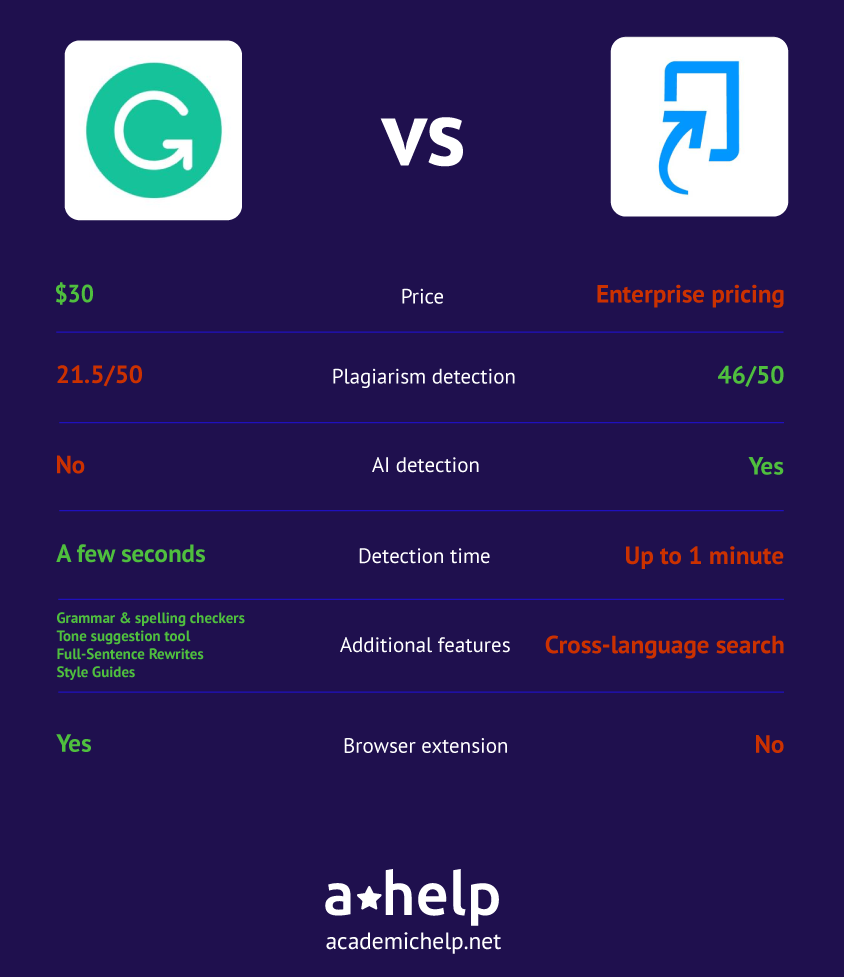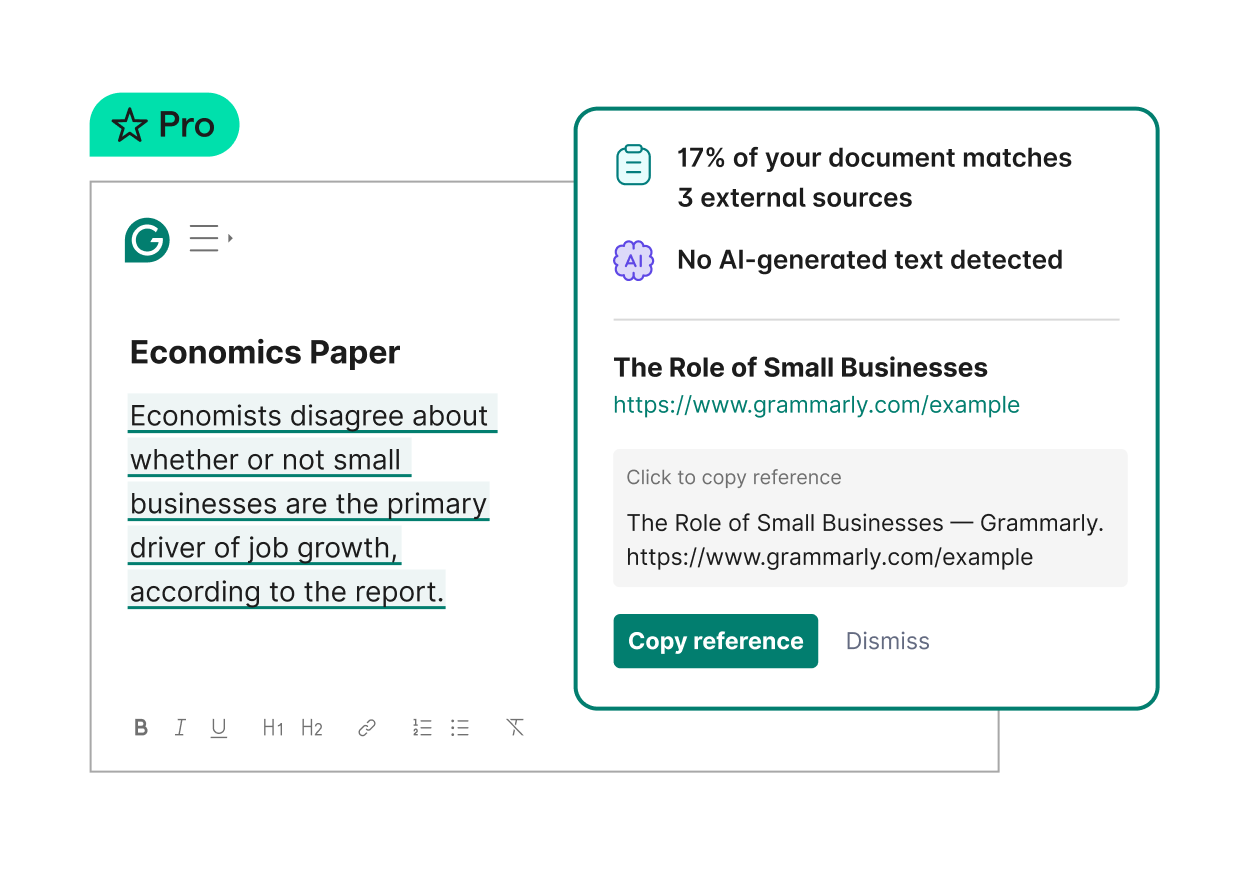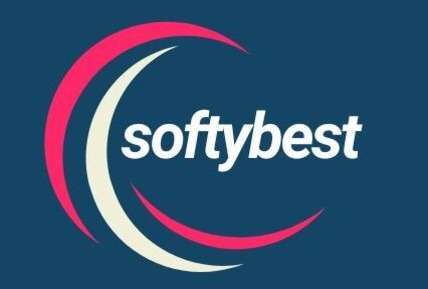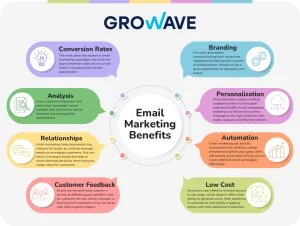In the world of academic integrity, understanding plagiarism detection tools is essential. This article explores whether Turnitin can detect content generated by Grammarly AI, providing insights for students and educators alike.
As technology continues to evolve, so do the tools we use for writing and editing. Grammarly, a popular writing assistant, has integrated AI capabilities to help users improve their writing. However, with the rise of AI-generated content, questions arise about the implications for academic integrity. One of the most widely used plagiarism detection tools, Turnitin, is often at the forefront of these discussions. Can Turnitin effectively identify content generated by Grammarly AI? This article will delve into this question, exploring how both tools work, their limitations, and what this means for students and educators.
Key Takeaways
- Turnitin is primarily designed to detect plagiarism, not AI-generated content.
- Grammarly AI can produce text that may or may not be flagged by Turnitin.
- Understanding the limitations of both tools is crucial for academic integrity.
- Students should focus on original writing to avoid plagiarism issues.
- Educators can use both tools to enhance learning and writing skills.
Understanding Turnitin and Its Functionality
Turnitin is a widely recognized plagiarism detection tool used by educational institutions to ensure the originality of student submissions. It compares submitted papers against a vast database of academic works, publications, and internet sources. When a student submits a paper, Turnitin generates a similarity report that highlights any matching text and provides a percentage indicating how much of the paper is similar to existing sources.
How Turnitin Works
- Database Comparison: Turnitin compares the submitted text against its extensive database, which includes student papers, academic publications, and web content.
- Similarity Report: After analysis, Turnitin generates a report that shows the percentage of similarity and highlights matched text.
- Feedback for Improvement: Educators can use the report to provide feedback to students, helping them understand areas where they may need to improve their writing.
Limitations of Turnitin
While Turnitin is effective in detecting plagiarism, it has limitations:
- False Positives: Common phrases or widely used expressions may trigger false positives, leading to unnecessary concerns about originality.
- AI-Generated Content: Turnitin may not specifically identify content as AI-generated unless it matches existing sources in its database.
- Contextual Understanding: Turnitin lacks the ability to understand the context of the writing, which can lead to misinterpretations of originality.

Source: academichelp.net
Exploring Grammarly AI and Its Capabilities
Grammarly is an AI-powered writing assistant that helps users improve their writing by providing suggestions for grammar, punctuation, style, and clarity. With the introduction of AI capabilities, Grammarly can generate text based on user prompts, making it a valuable tool for writers.
How Grammarly AI Works
- Text Generation: Users can input prompts, and Grammarly AI generates text based on those prompts, offering suggestions for improvement.
- Real-Time Feedback: Grammarly provides real-time feedback on writing, helping users enhance their skills as they write.
- Plagiarism Checker: Grammarly also includes a plagiarism checker that compares text against web sources, but it is not as comprehensive as Turnitin.
Limitations of Grammarly AI
While Grammarly AI is a powerful tool, it has its limitations:
- Quality of Generated Text: The quality of AI-generated text can vary, and it may not always meet academic standards.
- Potential for Plagiarism: If users rely too heavily on AI-generated content, they risk submitting work that lacks originality.
- Detection by Plagiarism Tools: Depending on the content generated, Turnitin may or may not flag it as plagiarized.

Source: www.grammarly.com
Can Turnitin Detect Grammarly AI?
The question remains: can Turnitin detect content generated by Grammarly AI? The answer is nuanced and depends on several factors.
Factors Influencing Detection
- Originality of the Prompt: If the prompt used to generate text is unique and the resulting content does not match existing sources, Turnitin may not flag it.
- Similarity to Existing Sources: If the AI-generated text closely resembles existing content in Turnitin's database, it is likely to be flagged.
- User Modifications: If users edit the AI-generated text significantly, it may reduce the chances of detection.
Real-World Implications
In practice, students using Grammarly AI should be cautious. While the tool can assist in generating ideas and improving writing, relying solely on AI-generated content can lead to issues with originality. Educators should also be aware of the potential for AI-generated text to slip through the cracks, emphasizing the importance of teaching students about academic integrity.

Source: www.tiktok.com
Common Misconceptions About Turnitin and Grammarly AI
Misconception 1: Turnitin Can Detect All AI-Generated Content
Many believe that Turnitin can automatically detect all AI-generated content. However, this is not entirely accurate. Turnitin primarily focuses on matching text against its database, and if the AI-generated content is original or significantly altered, it may not be flagged.
Misconception 2: Grammarly AI Guarantees Originality
Some users may assume that using Grammarly AI ensures their work is original. While Grammarly can help improve writing, it does not guarantee that the generated content is free from plagiarism. Users must still exercise caution and ensure their work is original.
Misconception 3: Turnitin Is Infallible
Turnitin is a powerful tool, but it is not infallible. False positives and negatives can occur, and educators should use the similarity report as a guide rather than a definitive judgment of originality.

Source: www.grammarly.com
Actionable Tips for Students and Educators
For Students
- Use AI as a Tool, Not a Crutch: Leverage Grammarly AI for suggestions and improvements, but ensure your writing reflects your voice and ideas.
- Edit and Revise: Always review and modify AI-generated content to make it your own. This not only helps with originality but also enhances your writing skills.
- Understand Plagiarism: Familiarize yourself with what constitutes plagiarism and how to avoid it. This knowledge is crucial for academic success.
For Educators
- Teach Academic Integrity: Emphasize the importance of originality in writing and educate students about plagiarism and its consequences.
- Utilize Both Tools: Encourage students to use both Turnitin and Grammarly as complementary tools for improving their writing and ensuring originality.
- Provide Feedback: Use Turnitin reports to provide constructive feedback, helping students understand areas for improvement.
Source: www.edsurge.com
Expert Insights on Turnitin and Grammarly AI
Understanding the perspectives of experts can provide valuable insights into the effectiveness of Turnitin and Grammarly AI.
Dr. Emily Johnson, Academic Integrity Specialist: “While Turnitin is a powerful tool for detecting plagiarism, it is essential for students to develop their writing skills and understand the importance of originality.”
Professor Mark Thompson, Writing Instructor: “Grammarly AI can be a helpful resource, but students must remember that their unique voice and ideas are what truly matter in academic writing.”

Source: www.tiktok.com
Frequently Asked Questions About Can Turnitin Detect Grammarly AI?
1. Can Turnitin detect AI-generated content?
Turnitin primarily detects plagiarism by comparing text against its database. If the AI-generated content closely resembles existing sources, it may be flagged.
2. Is Grammarly AI a reliable writing tool?
Grammarly AI can be a helpful writing assistant, but users should not rely solely on it for originality. It is essential to edit and revise AI-generated content.
3. What should students do to avoid plagiarism?
Students should focus on writing original content, understand what constitutes plagiarism, and use tools like Turnitin and Grammarly to enhance their writing.
4. Can Turnitin produce false positives?
Yes, Turnitin can produce false positives, especially with common phrases or widely used expressions. It is essential to review the similarity report carefully.
5. How can educators use Turnitin and Grammarly effectively?
Educators can use both tools to provide feedback, teach academic integrity, and help students improve their writing skills.
Source: www.edsurge.com
Conclusion
Understanding the relationship between Turnitin and Grammarly AI is crucial for maintaining academic integrity. While Turnitin is a powerful tool for detecting plagiarism, it may not specifically identify AI-generated content unless it closely resembles existing sources. Students should use Grammarly AI as a writing assistant while ensuring their work reflects their unique voice and ideas. Educators play a vital role in teaching students about originality and the importance of academic integrity.
As you navigate your writing journey, remember that the goal is to develop your skills and express your thoughts authentically. Embrace the tools available to you, but always prioritize originality and integrity in your work. For more insights and resources, consider exploring additional materials on academic writing and integrity.
Watch This Video on can turnitin detect Grammarly ai?.

Source: turnitin.forumbee.com






